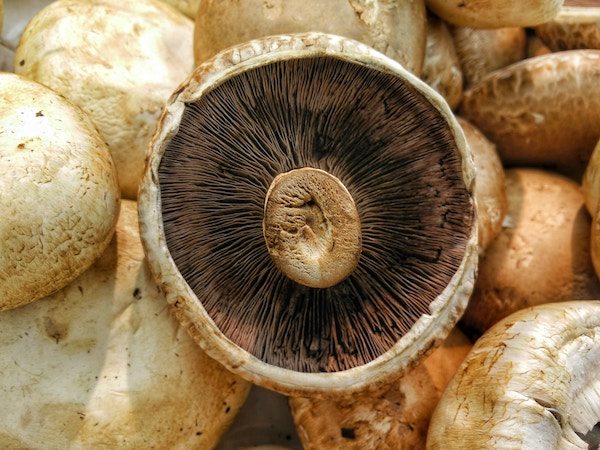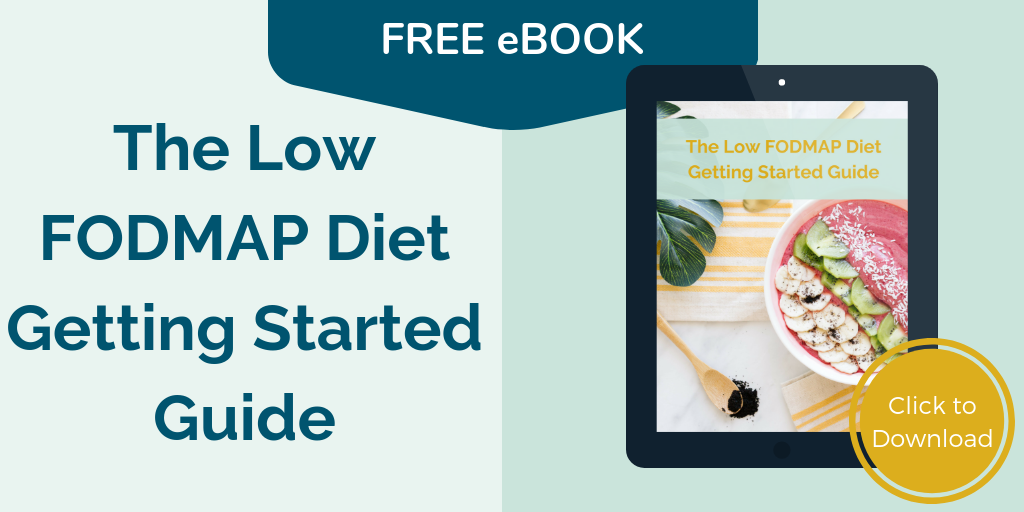Low FODMAP Mushrooms
Monash Testing Reveals Not All Mushrooms Are High In FODMAPs
FODMAP Update
Monash Tests Low FODMAP Mushrooms
What You Need to Know:
Did you think all mushrooms were off limits on a Low FODMAP Diet? While portobello, shiitake and button mushrooms are high in polyols, Monash testing has revealed that oyster mushrooms are low FODMAP! According to the Monash App, a serving size of 2 cups (172 g) is considered low in FODMAPs.
Mushrooms add great savoury, umami flavour to dishes and can be a helpful substitution if onions and garlic cause you symptoms. Try making a savoury onion and garlic-free mushroom stock for soups, or add oyster mushrooms to your favourite dish for some deep, delicious flavour.
These recent FODMAP testing results provide further proof that foods do not fit neatly into high and low FODMAP categories. In this case, it’s not necessary to avoid all mushrooms. You will likely be able to tolerate oyster mushrooms and remain symptom free if you have IBS or IBD. It’s important not to over restrict your diet and avoid eliminating entire food groups unnecessarily.
And it’s why I created the Low FODMAP Diet Getting Started Guide. It’s a short eBook that will help you better understand the Low FODMAP diet so you know what you need to know about FODMAPs and if this diet is right for you. Click here to get a copy emailed to you now.
Related Links:
Portion Sizes and the Low FODMAP Diet for Healthy Digestion
Culinary Basics for Cooking Low FODMAP
Challenging and Reintroducing FODMAPs
Research Update
The LOW FODMAP Diet For Infants and Children
Headline: Adapting the low FODMAP diet to special populations: infants and children
What You Need To Know:
IBS is not uncommon in children, with up to 50% of consultations to pediatric gastroenterologists being due to IBS and related conditions.
There is some evidence that a diet lower in lactose, sorbitol, and fructose (FODMAPs) has helped reduce symptoms in children with IBS, however there are some questions are to whether this restrictive diet is an appropriate strategy for growing children.
A 2015 study compared children with IBS following the Low FODMAP Diet and a typical American diet. Results indicated that the children following the Low FODMAP Diet experienced a decrease in pain severity and abdominal pain compared to those that were following the typical American diet.
Children’s mental health can be affected by issues they may be facing at school or with friends which can also have an impact on symptoms due to the mind-gut connection. It is important to take a holistic approach to managing symptoms instead of focusing solely on diet.
Cutting down on fruit consumption may improve symptoms, as all fruits contain fructose and many fruits are high in other FODMAP groups as well. It is recommended that parents consider a more balanced diet before trying strict low FODMAP. Try making smaller changes first, like including smaller portions of a wider variety of foods.
Do not start your child on the Low FODMAP Diet without first being diagnosed with IBS or IBD. Work with a pediatrician, gastroenterologist or dietitian to make sure dietary changes are safe and provide adequate nutrition for the healthy growth and development of your child.
Related Links:
Low FODMAP Kid-Friendly Recipes
What’s Anxiety Got to Do With It?
Media Update
Eating Out With IBS
Headline: Eating out on a Low FODMAP Diet- Italian, Chinese, French, and Indian!
What You Need to Know:
Eating out while having a long list of foods you need to avoid can be really hard. Finding something on the menu that is safe for you to eat turns into a huge hassle, which can also make you feel like you’re being a bother to your diner guests and the restaurant staff.
Here are a few tips to give you a starting place for what dishes and ingredients to look for and which ones to ask about on the menu while dining out.
Italian Cuisine
- Look for gluten-free pizzas and pastas
- Check to see if the tomato based sauce used for pizza is garlic and onion free (traditional places will only use tomatoes and salt)
- Many white sauces start with olive oil and garlic – try calling ahead or ask if it can be made to order without a garlic base
- Harder cheeses are lower in lactose – parmesan is a great option
- Ask about the stock used in risottos to see if it contains onion or garlic or if it can be made without
Chinese Cuisine
- Look for dishes made with low FODMAP sauces like soy or oyster sauce, miso paste, shrimp paste, tamarind paste, or sweet and sour sauce
- If green onions are used as a garnish, ask to do without the garnish
- Select rice based dishes over wonton wrappers or noodles like chow mein to avoid wheat
French Cuisine
- Ask to dress salad in oil and vinegar
- Salade Lyonnaise: Ask for croutons and shallots to be omitted
- Nicoise salad: Omit croutons, garlic, onion, and artichokes
Indian Cuisine
- Call ahead and ask if they can prepare a dish without onions or shallots
Related Links:
Navigating a Restaurant Menu on the Low FODMAP Diet
Lunch On-the-Go: Low FODMAP Fast Food


